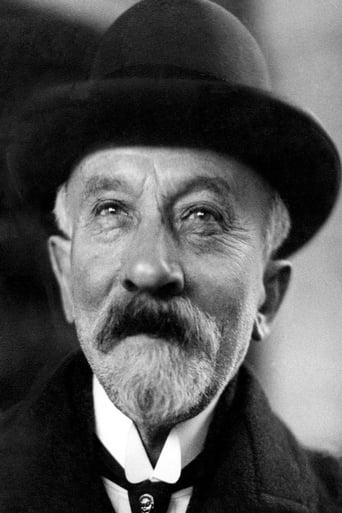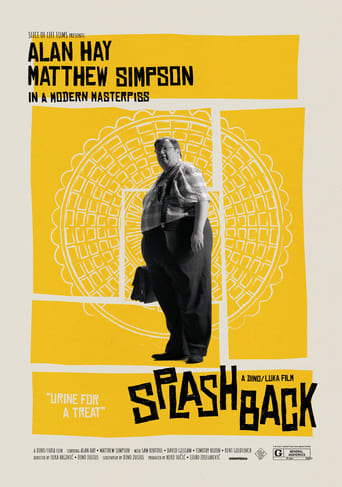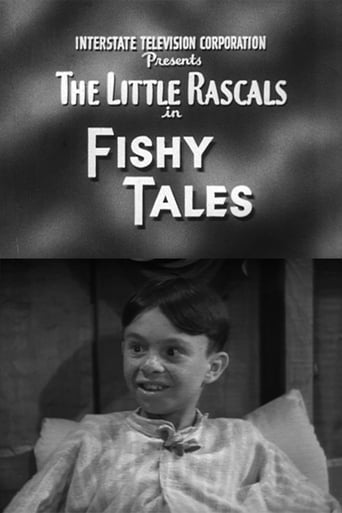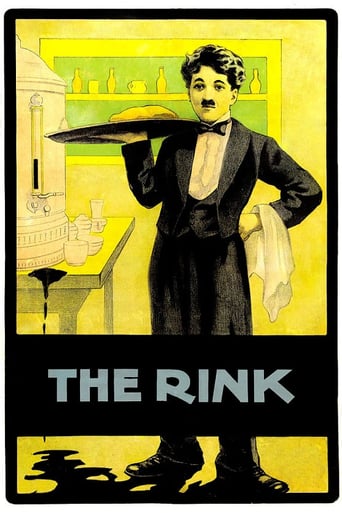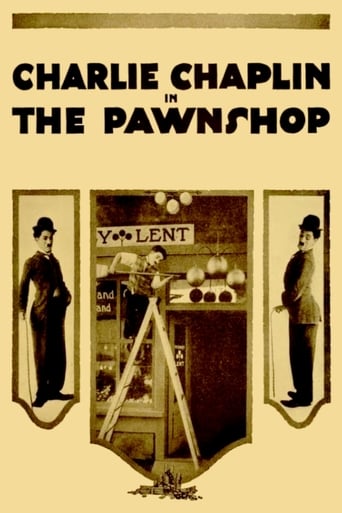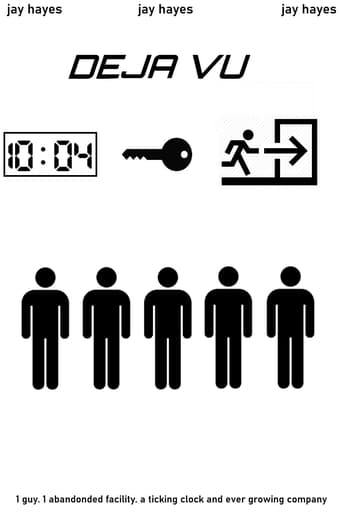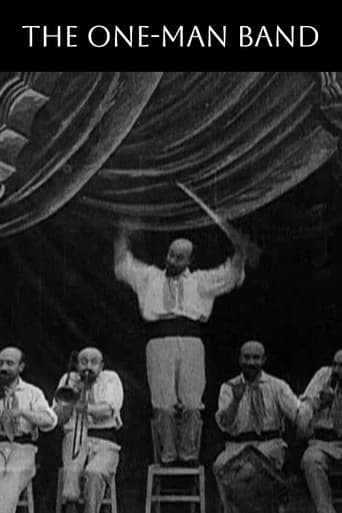
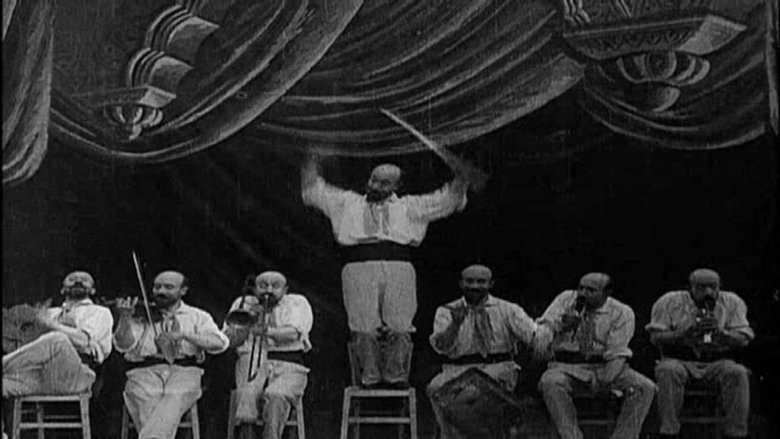
The One-Man Band (1900)
A band-leader has arranged seven chairs for the members of his band. When he sits down in the first chair, a cymbal player appears in the same chair, then rises and sits in the next chair. As the cymbal player sits down, a drummer appears in the second chair, and then likewise moves on to the third chair. In this way, an entire band is soon formed, and is then ready to perform.
Watch Trailer
Cast


Similar titles
Reviews
In The One-Man Band, Georges Melies uses multiple exposure photography to show himself as several band members playing different instruments in unison. Melies also continues to use jump-cut editing to make objects appear and disappear (the chairs in this case) and advance the action. The work it must have taken Melies to synchronize the footage must have been extraordinary. Just as Melies makes the likenesses of himself as band members appear, he makes them disappear also echoing the many other previous films he's done with creating a scenario and then dismantling it in the context of a sole creator/creative force. *** of 4 stars.
In this innovative short Georges Méliès - the man who invented cinematic special effects - plays an entire band. The specific technology that Méliès showcases here is multiple exposures. This technique was used to populate a single scene with a number of separate images, filmed independently. In this case Méliès appears as seven different characters, all making up the little orchestra. It's a typically ambitious idea from the master showman of early cinema. And like his other experiments, it's done very well. It really is remarkable how successfully Méliès produced his crazy ideas at this extremely early stage in the development of the medium. Not only is it technically expert but Méliès also acts out seven characters in one simultaneous scene and his timing is very precise. This film was one of many from the director's first phase where his movies were essentially showcases for his visual trickery and cinematic sleight of hand. He would soon go on to expand his repertoire with story-telling, such as the seminal A Trip to the Moon. But these earlier experiments are still a great way of seeing the development of a true pioneer.
Georges Melies was the founder of special effects in movies. Its really quite wonderful watching these little shorts: imagine you had the opportunity to realise for the first time the things that were possible with filmed images. By filming a scene, then removing or moving one element and filming it again and editing the two shots together you can make things disappear or jump from one side of the room to the other. This is true magic, and watching Melies discover these things is a special thing i'm glad i've had the opportunity to see.Aside from this value, the shorts still retain their immense fun for audiences an entire century after their creation. Now THAT is called staying power.In this short, Melies clones himself six times to fill six seats of an orchestra, then makes the seats disappear, then reappear, then makes himself disappear in a cloud of smoke. The music, i believe is Robert Israel, a great modern composer who's been doing us the honour of writing scores for many great silent movies, which adds immeasurably to our enjoyment of them.
In this short film Georges Mélies makes the first use of double-exposing, making seven "clones" of Himself playing an orchestra. The trick is now easy to do, but then it was quite expensive to film seven different shots to one roll of film. Although Mélies makes a professional and well-coordinated work.


